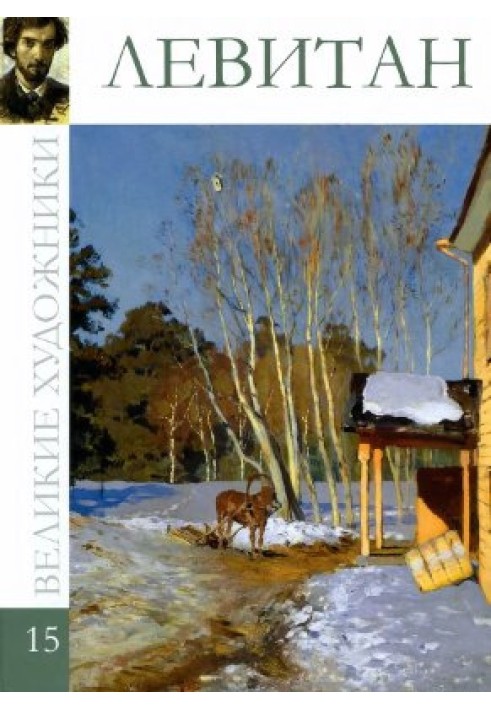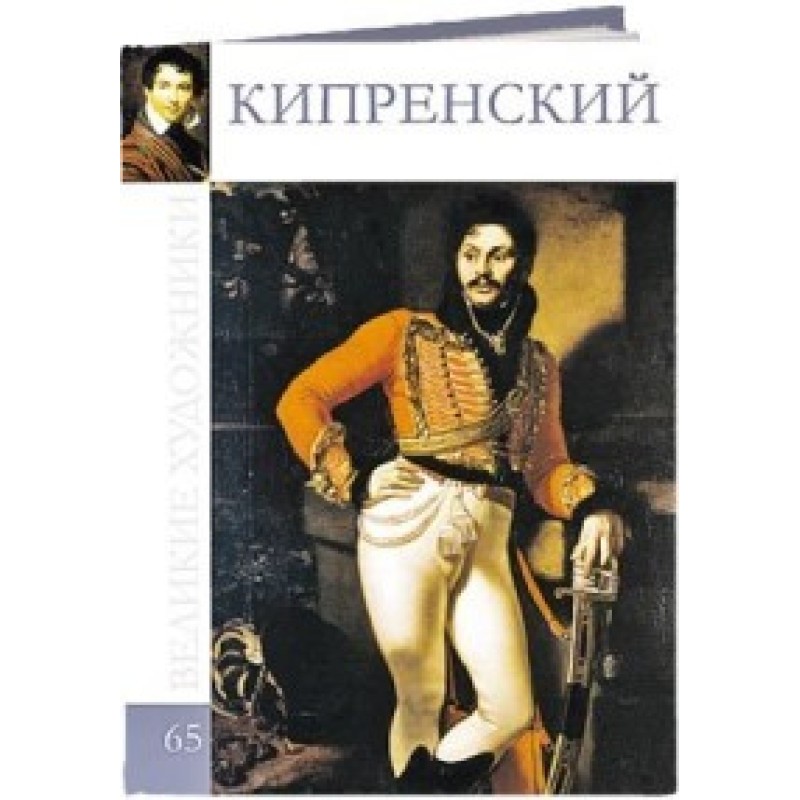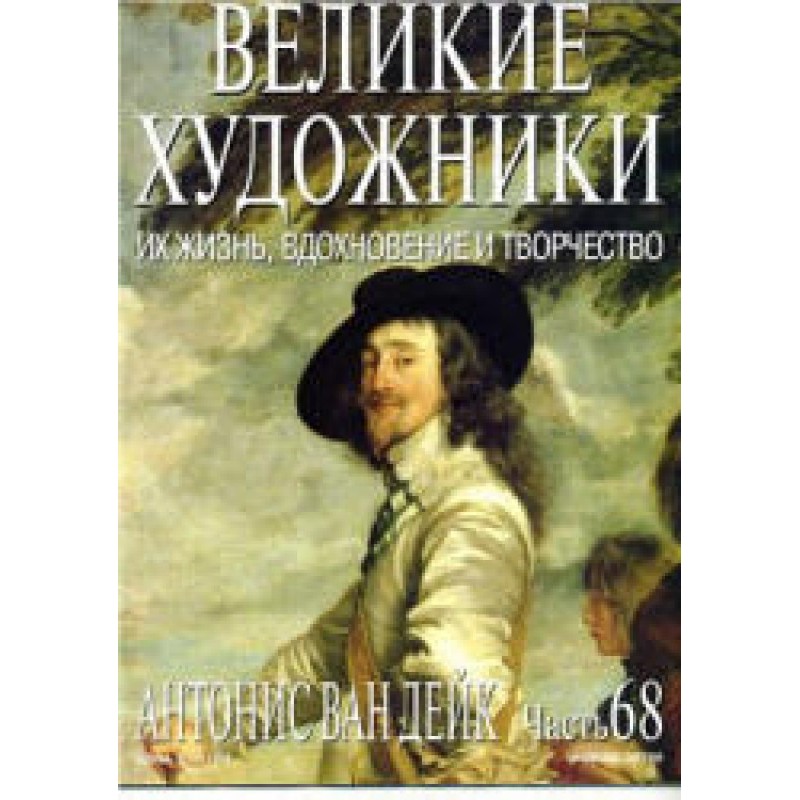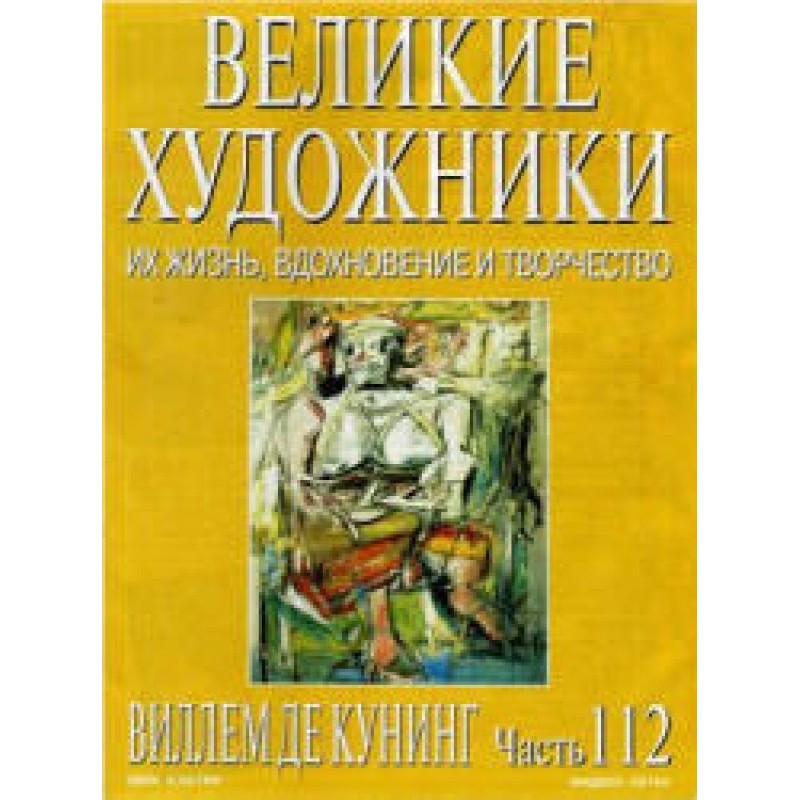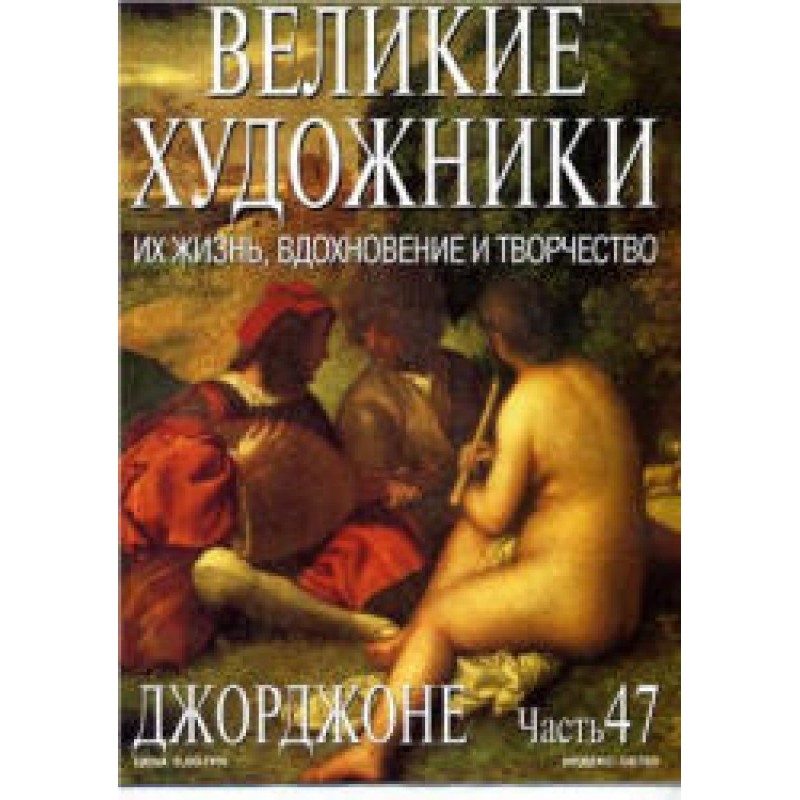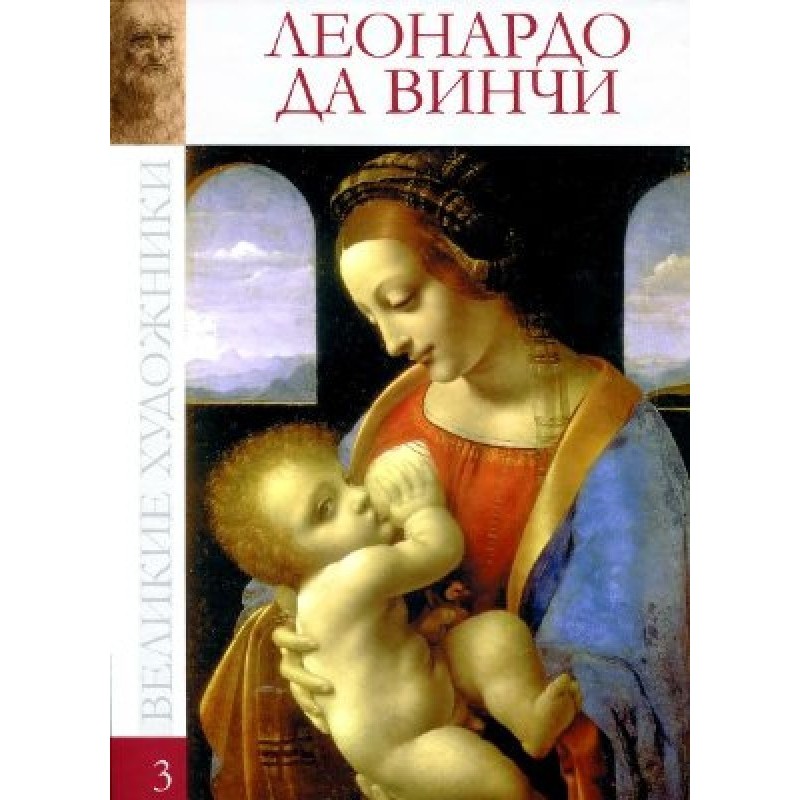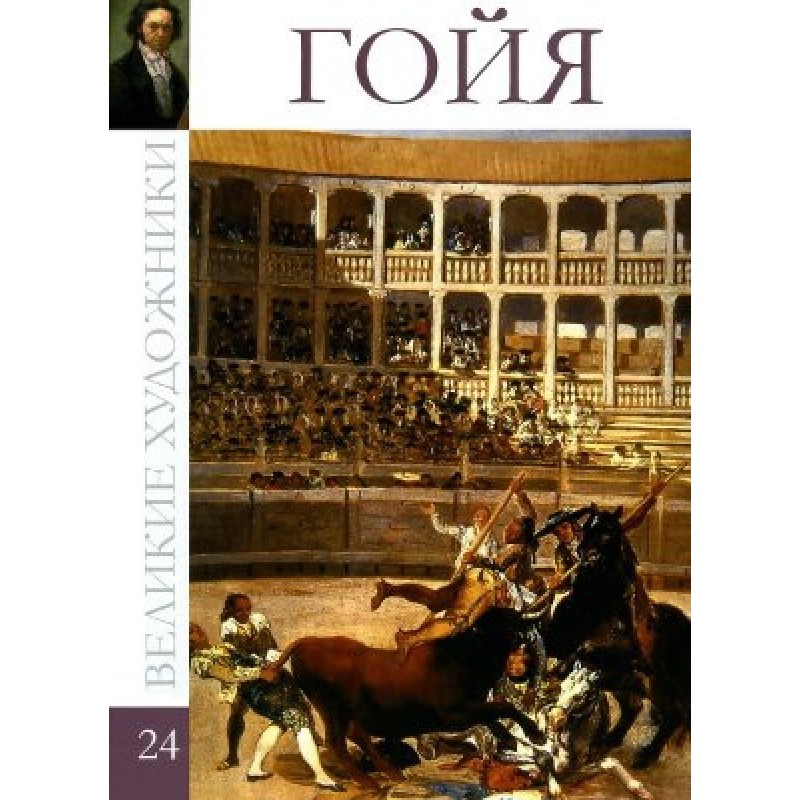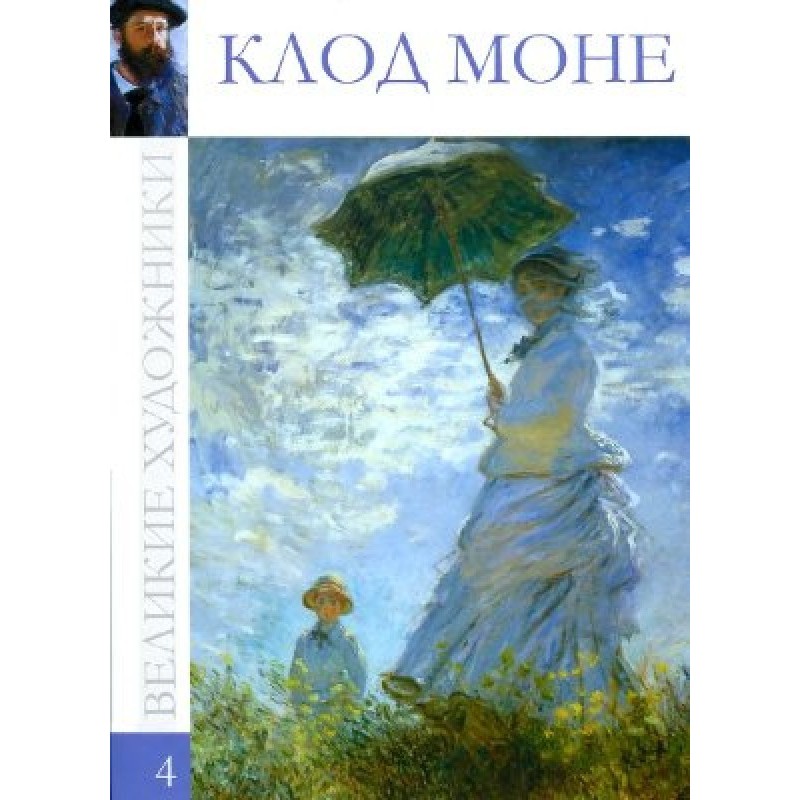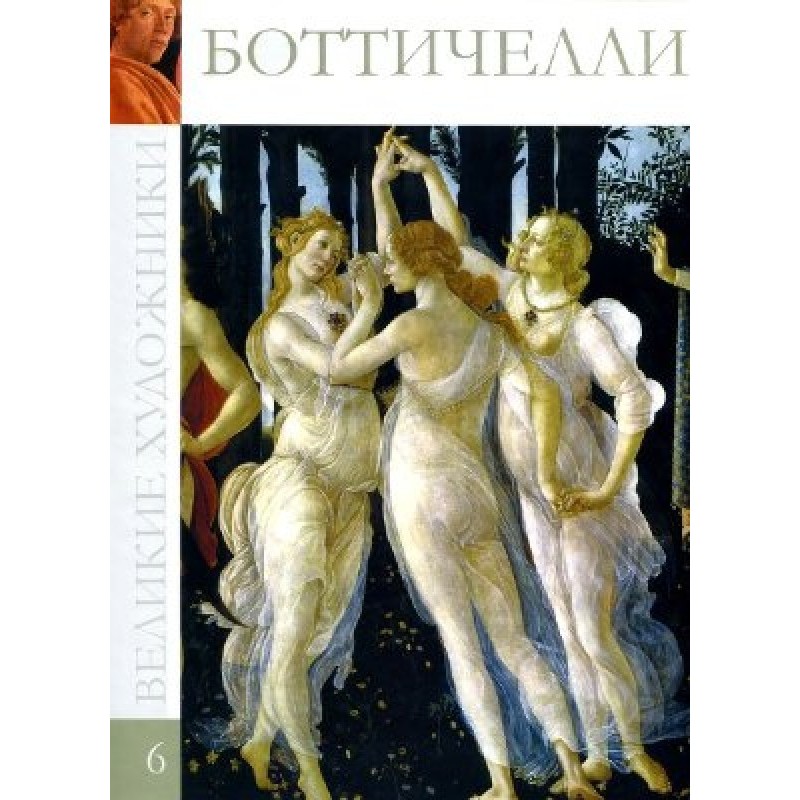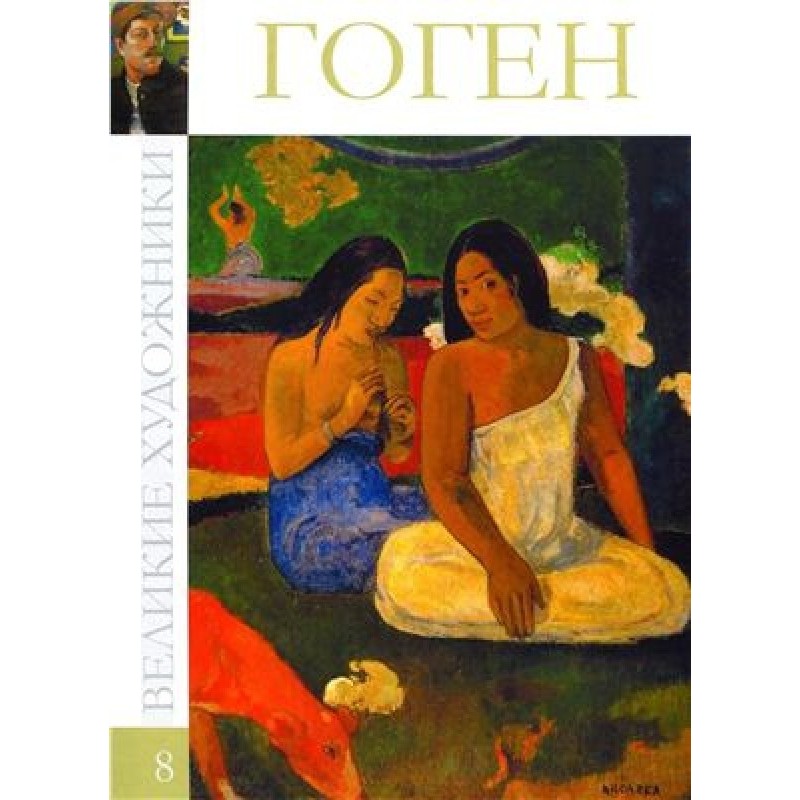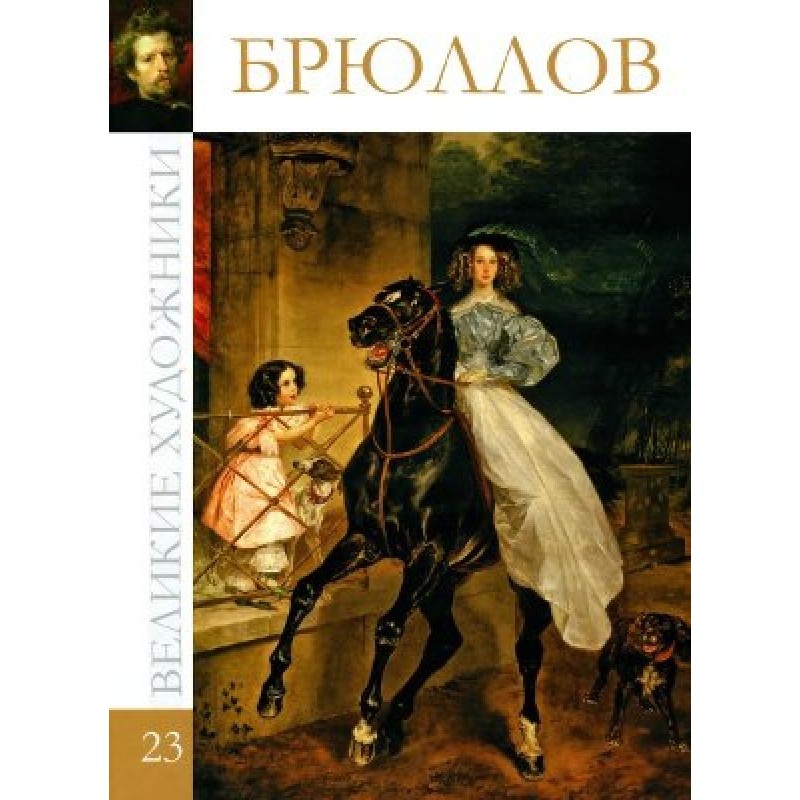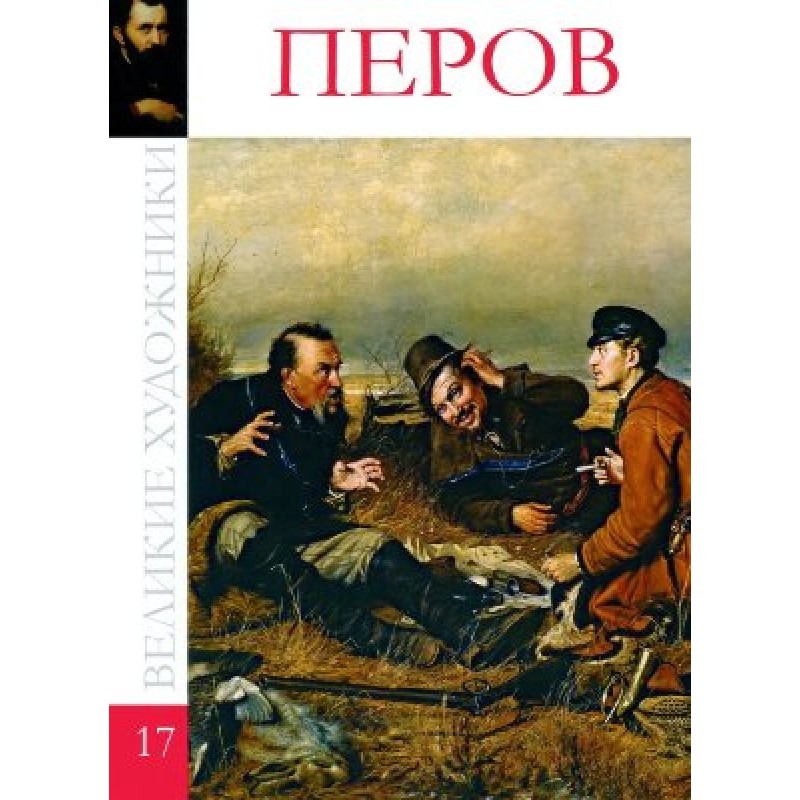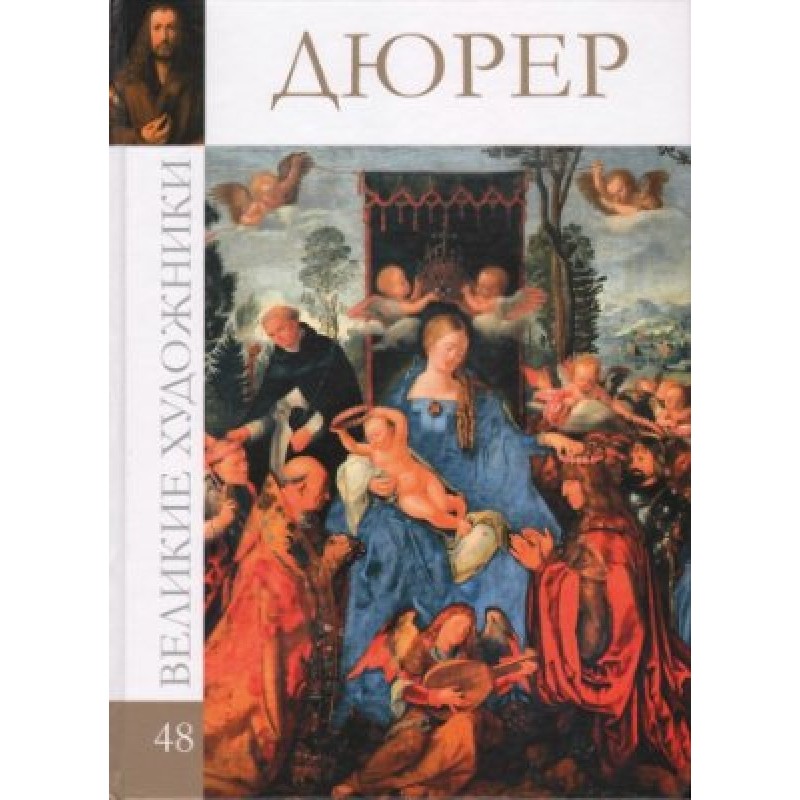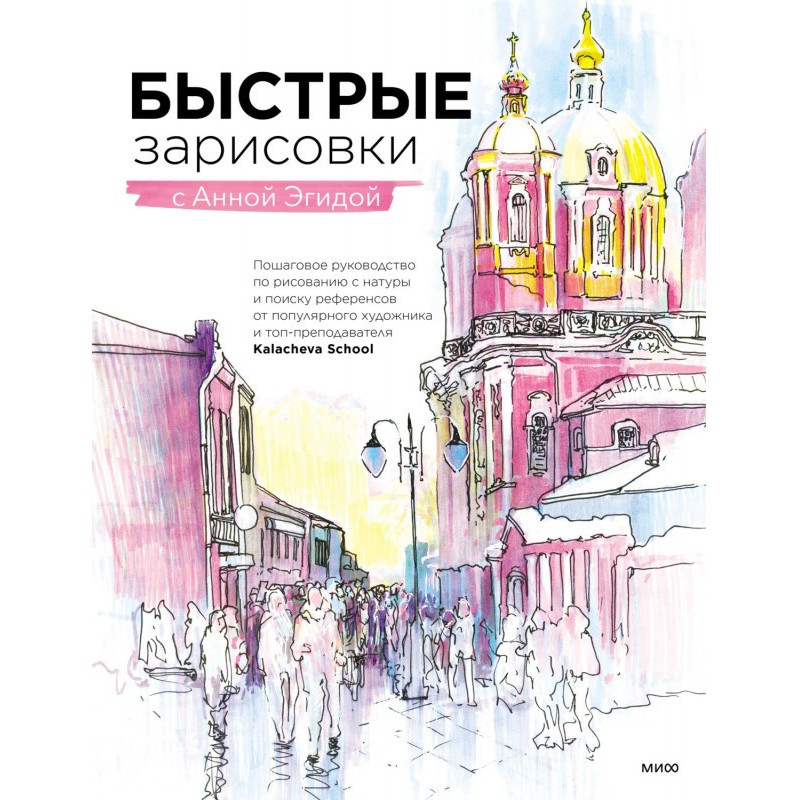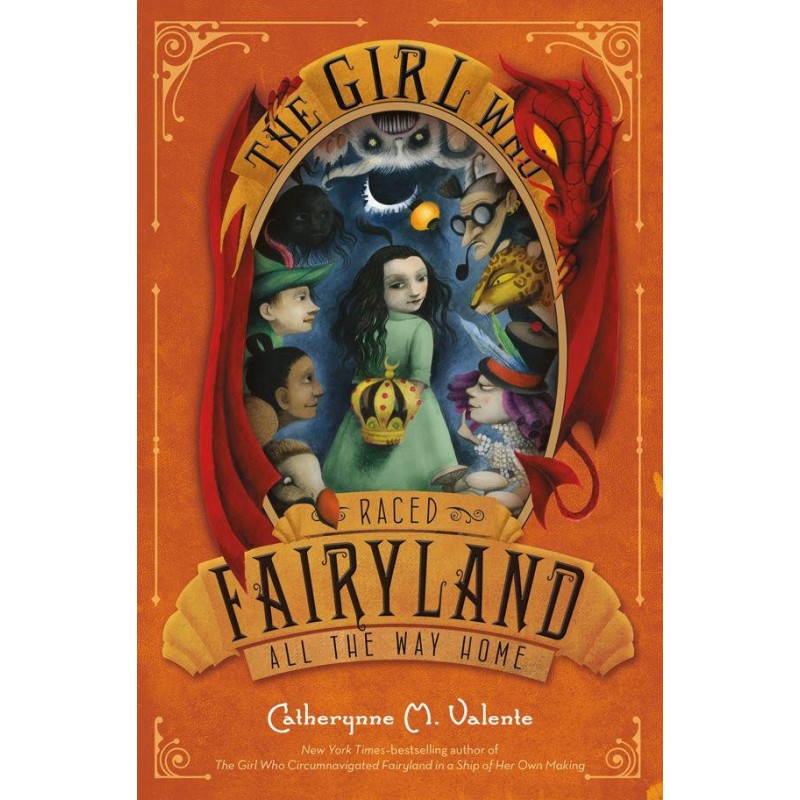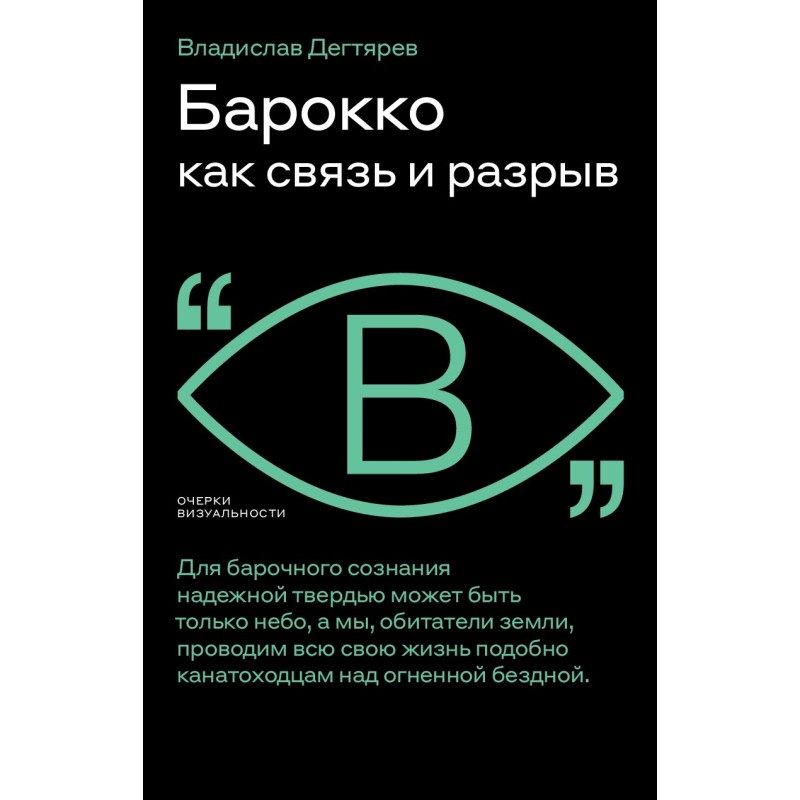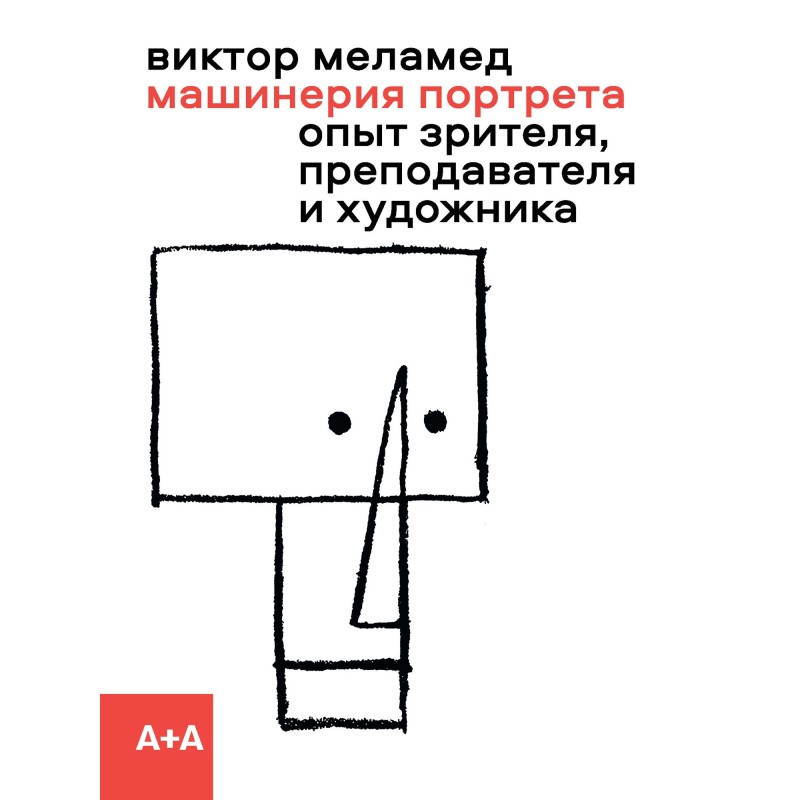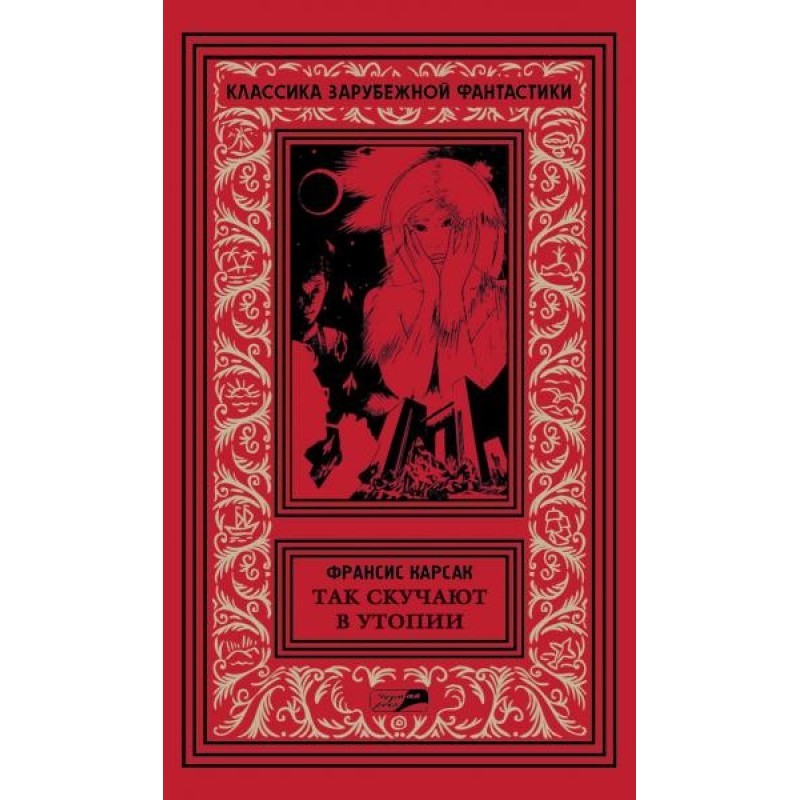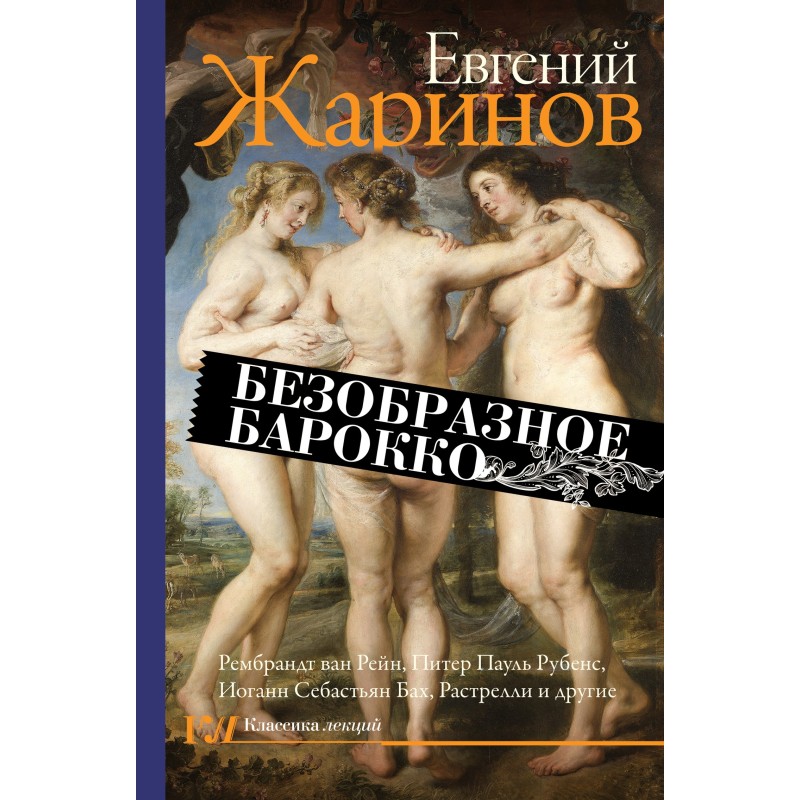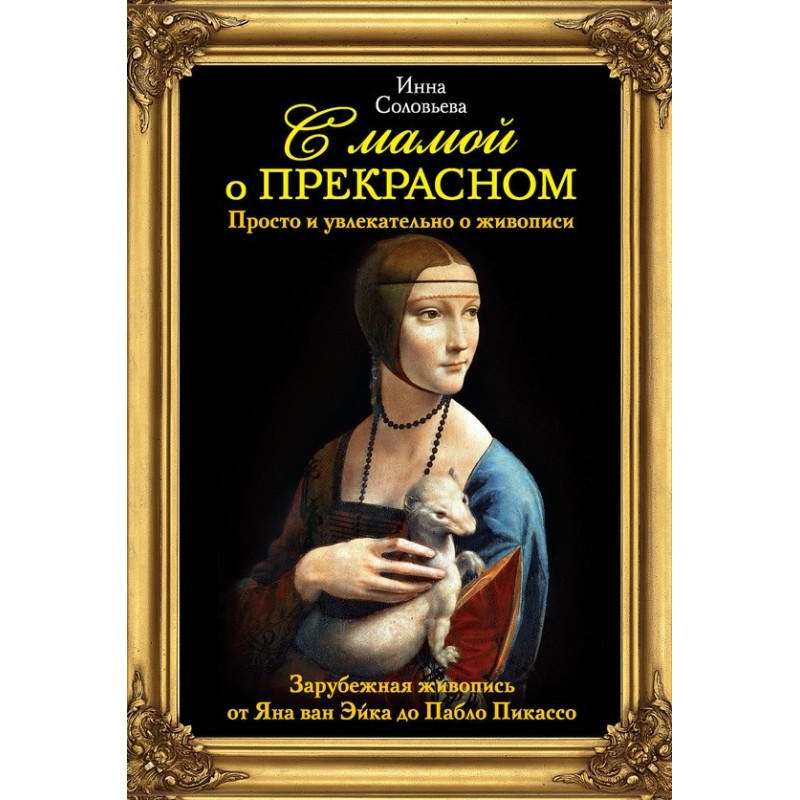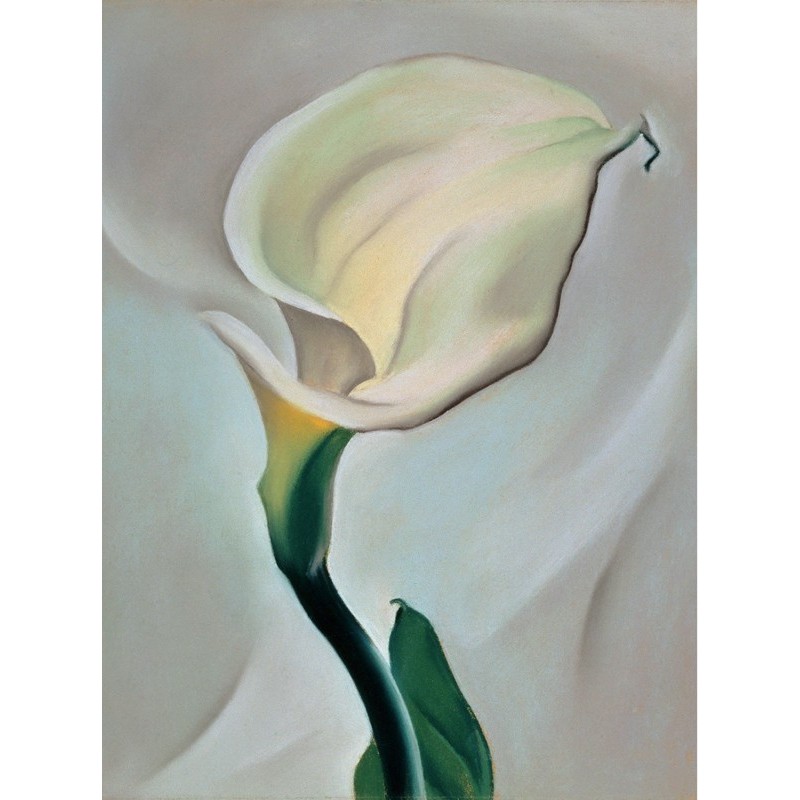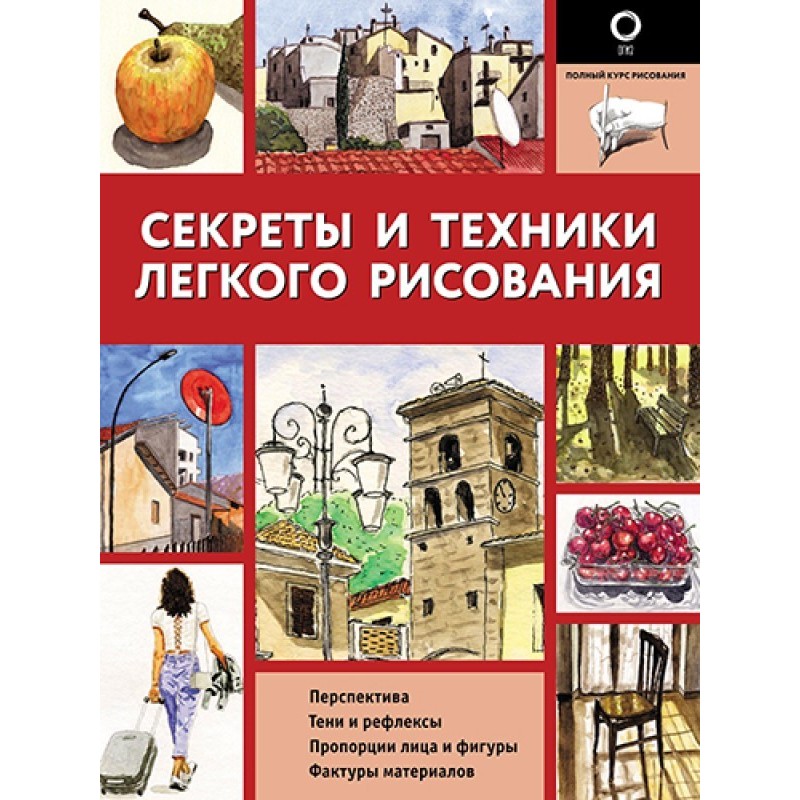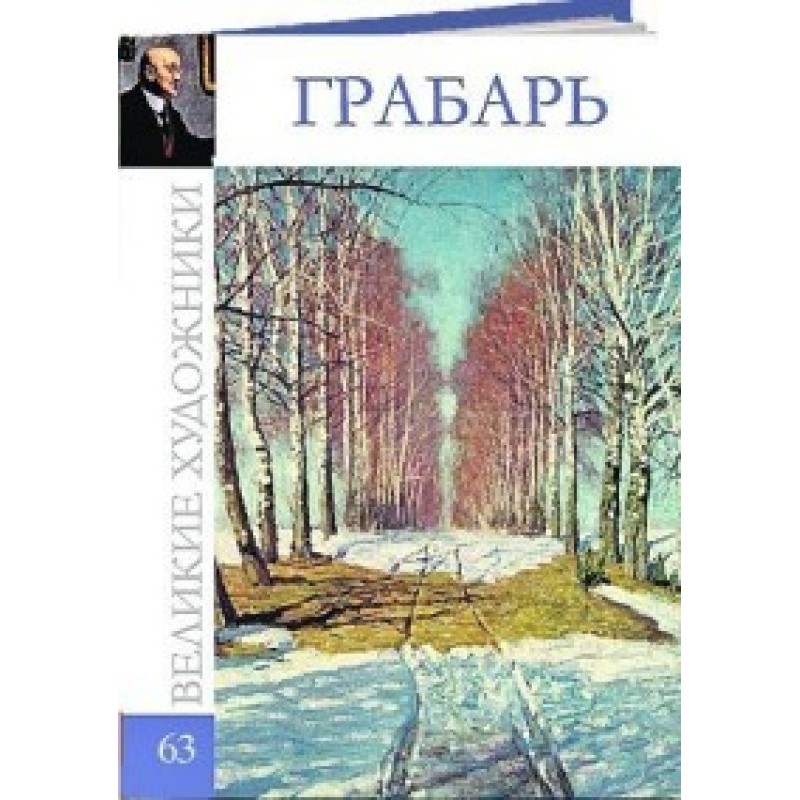Levitan
 Instant download
Instant download
after payment (24/7)
 Wide range of formats
Wide range of formats
(for all gadgets)
 Full book
Full book
(including for Apple and Android)
“Great Artists” - a collection about outstanding masters of painting. The book series contains more than 50 illustrations, an “exquisitely written” biography of the artist and the history of the creation of the paintings. The album is dedicated to the work of Levitan.
Isaak Ilyich Levitan (1860-1900) is the largest master of Russian landscape of the late 19th century, who laid down the principles of symbolism and modernism in this genre. The artist overcame the conventions of the classicist-romantic landscape, which were partially preserved by the Wanderers. Levitanov's “mood landscape,” for all its amazing natural authenticity, acquired an unprecedented psychological richness, expressing the life of the human soul, which peers into nature as the focus of the inexplicable secrets of existence, which are visible here, but inexpressible in words. Those who know and love Levitan’s work are familiar with the feeling of enchantment that arises every time you stop in front of his paintings and breathe in the air of amazing art. His paintings show the living soul of nature, they are inspired by love, painted with poetic mood and sadness. His palette is a rich mixture of reflection and sadness, freedom and slumber, joy and loneliness. Already the artist’s early works sometimes resemble small lyrical short stories with an open end (“Autumn Day. Sokolniki”). Levitan's art as a master of landscape painting, able to transform a simple motif into an archetypal image of Russia, reaches its full flowering in “Birch Grove.” The same power of unobtrusive generalization elevates the works of the “Volga period” (“Evening on the Volga”, “Evening. Golden Reach”, “After the Rain. Reach”, as well as the thematically adjacent painting “Fresh Wind. Volga”). Levitan was the first to make his contemporaries admire the modest, sometimes even faded, beauty of Russian nature. And before the greatness of “Eternal Peace” all the riot of colors of overseas countries faded and became quiet. Levitan creates classic, unsurpassed examples of “church landscape”, where church buildings bring peace to nature (“Evening Bells”) or, on the contrary, anxiety, recalling the frailty of everything earthly (“Above Eternal Peace”). Civil grief is combined with religious grief in the painting “Vladimirka,” where on the road along which the prisoners were driven to Siberia, only (in the master’s characteristic manner of reducing the real human presence to a minimum, or even to zero) is visible a lonely figure of a wanderer near a roadside icon. The life-affirming charm of colors in the paintings “March” or “Spring - Big Water” reaches its climax in the extremely bright and sonorous painting “Golden Autumn”. In the last years of his life, the master selects more and more simple motifs, giving them - only with the help of color, without any imagination - a semblance of an everyday miracle. Now he is especially attracted to the motifs of the evening (“Summer Evening”), twilight, and moonlit night. Levitan's last, unfinished painting (“Lake. Rus'”) is, despite the fatal illness, perhaps the artist’s most significant work.
Data sheet
- Name of the Author
- Автор Неизвестен -- Искусство
- Language
- Russian
Reviews
Неперевершене видання про генія живопису!
Книга "Левітан" з серії "Великі художники" - це справжня знахідка для всіх, хто цінує мистецтво і хоче глибше зануритися в творчість одного з найзначніших російських художників. Альбом вражає не лише великою кількістю ілюстрацій, але й детальним описом біографії Левітана, що дозволяє зрозуміти його творчий шлях та вплив на розвиток пейзажного жанру. Автор майстерно передає атмосферу картин, які відображають не лише красу природи, а й глибокі переживання людської душі. Особливо вражає, як Левітан зміг перетворити прості мотиви на архетипічні образи, що викликають емоції та роздуми. Його картини, такі як "Вечір на Волзі" та "Золота осінь", справді здатні заворожити і залишити слід у серці. Ця книга - не лише про мистецтво, а й про життя, яке вирує в кожному мазку, і я б рекомендував її всім, хто хоче відчути магію живопису Левітана.

